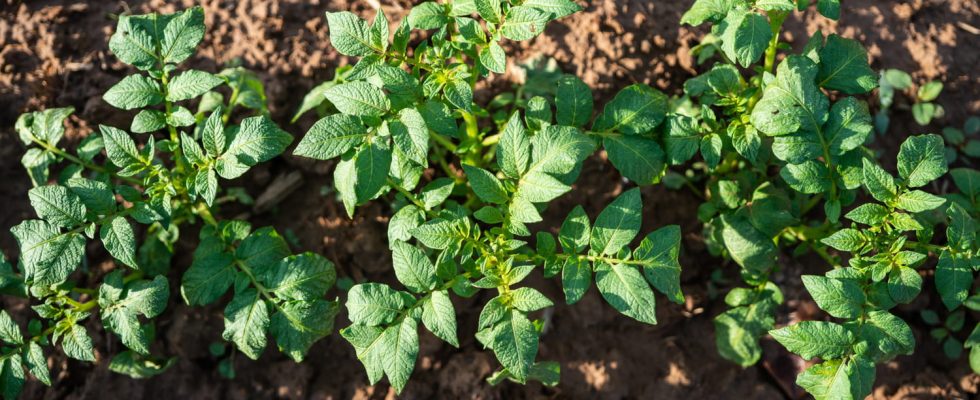From mid-March, you will be able to start planting this vegetable adored by young and old, so that you can enjoy them this summer.
Potatoes, a staple in many cuisines around the world, are not only delicious, easy to cook, but also an important source of essential nutrients. Whether mashed, fried, sautéed, in salad or simply in water, the culinary possibilities offered by this versatile vegetable are endless. To ensure a bountiful and tasty summer harvest, it is crucial to plant them now.
Why plant potatoes in early spring? The potato is a plant that thrives in specific conditions. It requires well-drained soil rich in organic matter, as well as plenty of sunlight. By planting it in early spring, you give it enough time to grow and develop before the summer heat. Additionally, potatoes need a growing period of approximately 90 to 120 days before being harvested, depending on the variety.
Before planting, it is important to choose potato varieties suited to your region and culinary preferences. Some varieties are better suited to warm climates, while others can withstand cooler conditions. In March, you can plant early potatoes. The best varieties to grow early are Charlotte, Belle de Fontena, Rosabelle, Ostera, Sirtema and Bernadette. They will be harvested in May-June, before maturation.
Here are a few steps on how to successfully plant. Soil preparation is an essential step to ensure successful potato cultivation. Start by tilling the soil deeply to loosen it and eliminate weeds. Next, add compost or well-rotted manure to enrich the soil with nutrients.
Once the soil is prepared, it is time to plant the potatoes. Dig trenches about 10 to 15 cm deep and space the plants about 30 to 70 cm apart. Place the tubers in the trenches with the sprouts facing up, making sure they are spaced about 15-30cm apart. Then cover the tubers with soil and water thoroughly.
During the growing season, be sure to keep the soil moist by watering regularly, especially in dry weather. Mulch around plants to help retain moisture and keep weeds under control. It is also important to monitor for diseases and pests and act quickly if necessary. When your plants have reached 10 cm, hill them up (this involves bringing soil between each of your plants for approximately ten cm). Water well at the base and not the leaves to avoid any risk of cryptogamic diseases such as mildew.
Potato harvest can begin approximately 90 to 120 days after planting, depending on the variety. The signal: when the plants start to wilt and turn yellow. Use a fork or shovel to gently dig up the tubers, being careful not to damage them.
